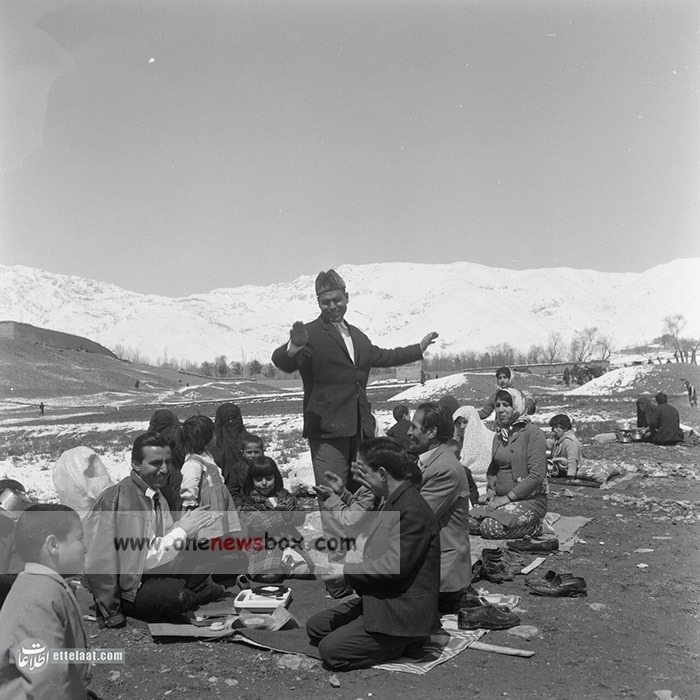The Meaning of “Sizdeh Bedar”
The name “Sizdeh Badr” has been subject to various interpretations. The common belief that “Sizdeh Badr” means “getting rid of the bad luck of thirteen” stems from a superstition that the number thirteen is unlucky. However, this notion does not align with Iranian traditions. Instead, some scholars argue that “Bedar” can mean “valley” or “plain,” which would translate Sizdeh Badr as “the thirteenth in the plains and valleys.” This interpretation reinforces the idea that the day is meant for spending time outdoors rather than avoiding misfortune.
Iranian literature and poetry also provide clues about the meaning of Sizdeh Badr. Ferdowsi, the renowned Persian poet, makes a reference to “going to the door and the plain,” which could imply venturing into nature. Despite these insights, there remains some debate regarding the exact origins and meaning of the term “Sizdeh Badr.”
Historical Accounts of Sizdeh Bedar
While there are no definitive records of Sizdeh Bedar in pre-Qajar historical texts, glimpses of its existence appear in various accounts. Mehrdad Bahar, in his book “From Myth to History,” mentions public celebrations, including music and dance, as well as instances of women partaking in revelry during the Safavid era. During the Qajar period, Abdullah Mostofi provides a detailed description of Sizdeh Bedar in his book “Sharh Zindegani Man,” outlining how people celebrated the day by gathering in gardens and open spaces.

